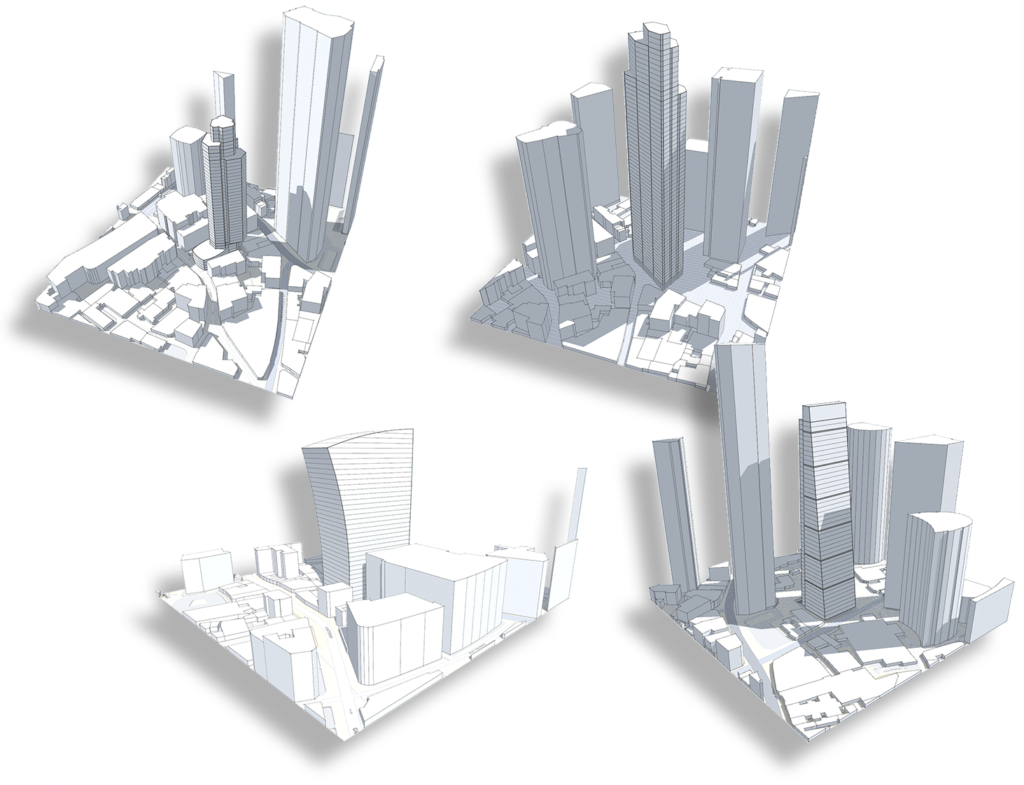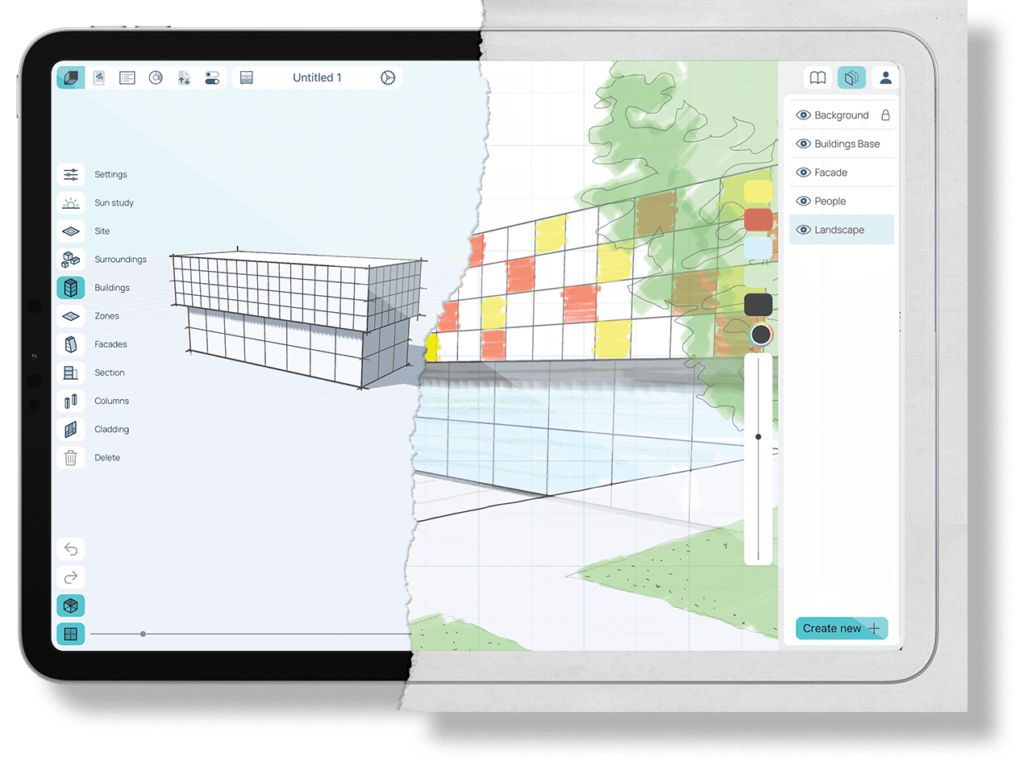Since I was last here, my team and I have been heads down working on what turned out to be our second most significant release ever!
While it’s only a little over seven months since we officially launched Spaces (v1), we have been single-mindedly working towards our recent v2 release.

When we launched, I told people that we felt we had at least 12months more development to build out our core vision for spaces.
We’ve achieved this milestone five months early with a tiny dev team (and me), and I am immensely proud.

This by no means is an indication that we are finished; we probably are only just at the end of the beginning.
Having our core vision now in place, we are extremely well prepared to focus on business growth and expansion and continue improving and adding to the Spaces feature set.
We launched a lot with our v2 release and we want everyone to be able to experience everything Spaces has to offer.
That’s why with the release we announced the availability of an extended 3-month trial!

